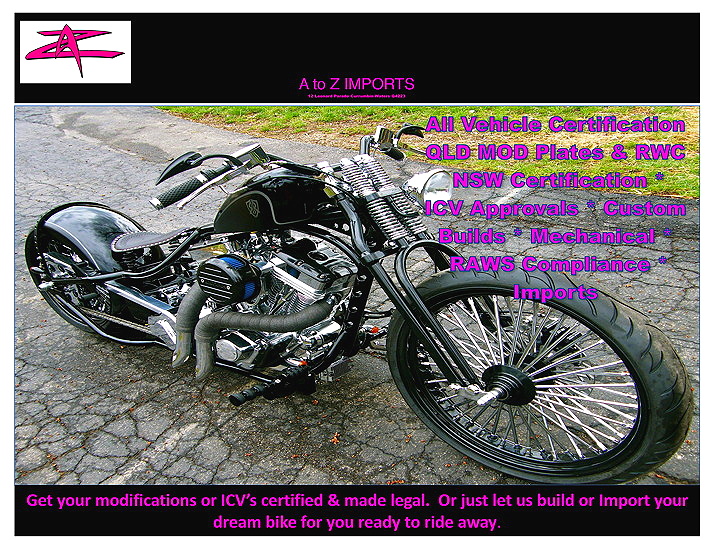
Kiwi Dave’s Historic Motorbike Collection
As one old timer said to me, “If you don’t warm the motor properly the rear cylinder will be a passenger all day; it just wont fire up.”
THE 1942 WLA Harley-Davidson came to New Zealand as an army bike and was repainted to its present colours by a professor at the Christchurch University. Eventually Nick Dawber obtained it and was going to restore it back to its army glory. He got as far as you see but unfortunately passed away very prematurely. I purchased the bike from his wife Donna and haven’t yet made up my mind whether to continue the restoration or keep it as it is. I like it as is but who knows what I’ll do one day when boredom sets in.

The sidecar is a 1928 Harley-Davidson 7/9. The 7/9 is its horsepower with the compression plates out or in. Because the cylinders are a complete unit, heads and all, you can put 3/8 inch thick plates under the bottom of the cylinder base and this lowers the compression and horsepower to 7 hp. This makes it a lot easier to pull a side-chair; it is much more forgiving when cornering; you don’t need to change gear as often; and if you miss one, it just lugs away.
The side-chair is a colonial chair (ie: it was made here; the American chairs are on the right side). The chair wheel has a fully adjustable foot width to suit the wheel ruts in the shingle roads at that time and you can also put your luggage in the gap created if you have dad, mum, and the kids all going on holiday.



This was my first Harley-Davidson (I now have seven) and I purchased the bike from Terry Chapple who restored it in the late ’60s. It is rumoured to have been the first bike driven through the Haast Pass when they opened the road up on the South Island’s west coast.
This model has lights and speedo and is coil ignition. These were all extras in 1928; also 1928 was the first year Harley-Davidsons were equipped with a ‘fore wheel’ brake; before this they were all rear wheel brake only. Even with a front brake it pays to plan your emergency stops well in advance. Harley-Davidsons haven’t changed much when you think about it; it’s still advisable with a modern one.

In the Depression these Harley-Davidsons were popular because of their fuel tank layout. With petrol rationing riders would fill the small reserve tank with petrol, using their valuable ration coupons, and fill the large tank with lighting kerosene purchased from the local grocer. After warming the motor up on petrol they would turn off the reserve tank and turn on the main tank and run on kero for the trip, reversing this before they stopped as the bike would not start on kero. This was highly illegal but it got the lads around the rationing. As one old timer said to me, “If you don’t warm the motor properly the rear cylinder will be a passenger all day; it just wont fire up.”

I am really a collector of old vehicles; I love the simple technology of the ’20s, ’30s and ’40s, and I have a Model-A Ford for when the weather gets cool. Plenty left to do; a couple of Velocettes, ’39 and ’48, to do yet and I’m always looking for bikes. I haven’t got around to ever selling a Harley but who knows. I guess it pays to have an understanding wife.


My BSA is a 1954 Bantam, 150 cc I think. I purchased a large amount of Bantam bits about 12 years ago and have been adding to them infrequently since. About four years ago my son (Bob) decided to put one together and did a good job of his first motorcycle restoration. On the tank is an airbrushed picture of a Bantam rooster f**king a Bantam. It was Bob’s response to everyone asking him, “Why are you restoring a f**king Bantam.” After he finished the bike he gave it to me, lucky me.

There’s a 2005 Harley-Davidson Wide Glide frame in the shed, with a 1941 741b Indian motor sitting loosely in it, and a 1917 Harley gearbox behind that, a couple of wheels poked front and aft. I think Bob’s been playing but Hell it could work; be an awesome rat, eh.

pics by Jules; words by Dave

